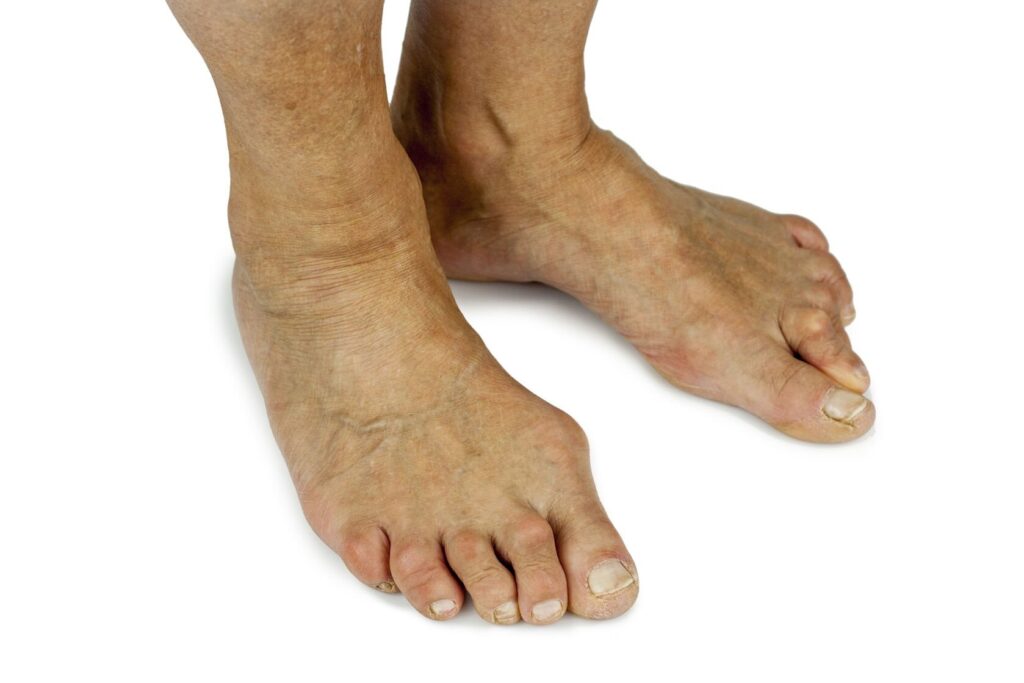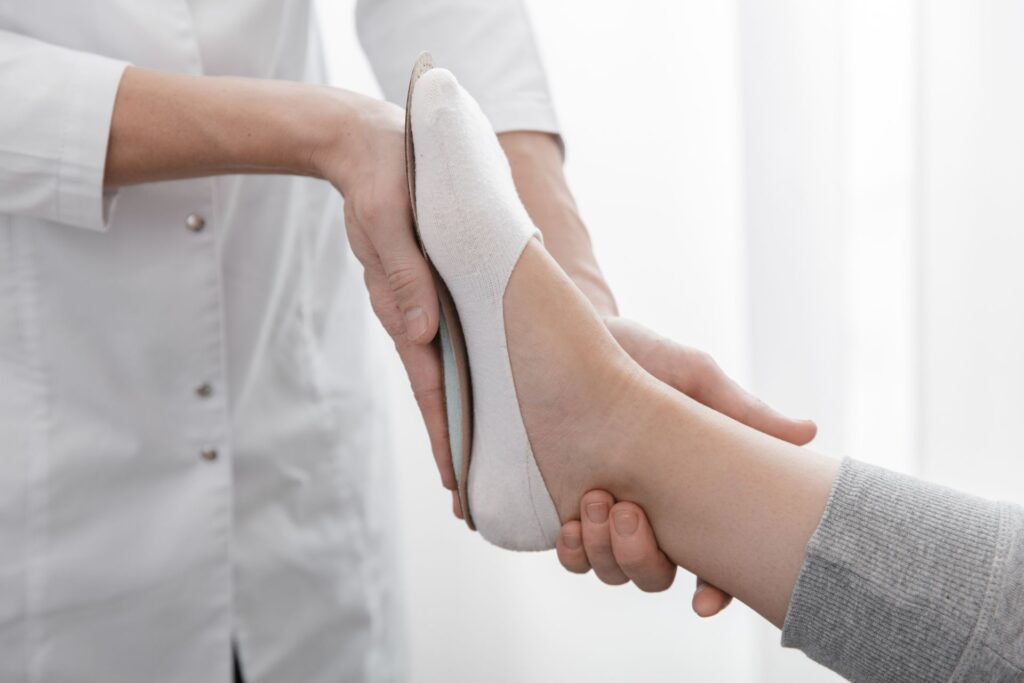What is Hammertoe?
Hammertoe refers to a contracture (bending deformity) of one or both of the joints of the second, fifth, fourth, or fifth (little), toes. Problems can develop when the toe is bent abnormally.
Hammertoes are usually mild deformities that gradually get worse. They can be treated with non-invasive methods if they are not severe enough. If left untreated, hammertoes may become more rigid and won’t respond to nonsurgical treatment.
They are also progressive and should be treated promptly. Without intervention, hammertoes will never heal.

What causes it?
A muscle/tendon imbalance is the most common reason for hammertoe. The most common cause of hammertoe is a muscle/tendon imbalance. This can lead to toe bending.
Shoes that are too tight or too small can cause hammertoes. Hammertoe can occur if the toe is too long or is forced into a cramped position by a tight shoe. Sometimes, hammertoe may be the result of an injury to the toe. Hammertoes can be inherited in some cases.
What are the signs?
Common signs are:
- Shoes can cause irritation or pain in the toes
- Calluses and corns (a buildup in the skin) can be found on the toe, between the two toes, or on the ball. Corns can be caused by friction with the shoe. They can be either soft or hard depending on where they are located
- Redness, inflammation, or burning sensations
- Contracture of the Toe
- Open sores can form in more severe cases
Diagnosis
Hammertoes can be easily identified, but to diagnose the condition, the foot and ankle surgeon must take a detailed history and examine your foot. The doctor will examine your toes and may try to replicate your symptoms. The foot and ankle surgeon will also take x-rays in order to assess the extent of any deformities and detect any potential changes.
Hammertoes can be progressive. They don’t go away on their own and often get worse. Some hammertoes develop more quickly than others. After your foot and ankle surgeon has examined your hammertoes a treatment plan can then be created that suits your needs.
Nonsurgical Treatment
Hammertoe can be treated in a number of ways. Your hammertoe severity and other factors will determine the treatment you receive from your foot and ankle surgeon.
There are many non-surgical options available.
- Calluses and padding corns. The pads can be prescribed by your foot and ankle surgeon to protect corns from irritation. Avoid medicated pads if you are looking for over-the-counter options. Avoid medicated pads as they could contain small amounts of acid which can cause serious health problems. This option should be discussed with your surgeon.
- Shoewear changes. Shoes with pointed toes and shoes that are too long or high-heeled should be avoided. These conditions can cause your toes to rub against the front of the shoe. Choose comfortable shoes that have a wide, deep toebox, and heels that are no more than 2 inches high.
- Orthotic devices. An orthotic device that is custom-made for you may be placed inside your shoe to help with muscle/tendon imbalance. Injection therapy. Sometimes, corticosteroid injections can be used to reduce pain and inflammation from hammertoe.
- Medications. To reduce inflammation and pain, oral nonsteroidal anti-inflammatory drugs (NSAIDs) such as ibuprofen may be recommended. Splinting/strapping. The surgeon may use small straps or splints to align the bent toe.

When is surgery required?
Sometimes surgery may be necessary if the hammertoe becomes more rigid or painful, or if an open sore develops.
Patients with hammertoe often have bunions and other foot deformities treated at the same moment. The foot and ankle surgeon will consider the severity of the deformity, how many toes are involved, your age, and any other factors. The procedure performed will determine the length of the recovery.
